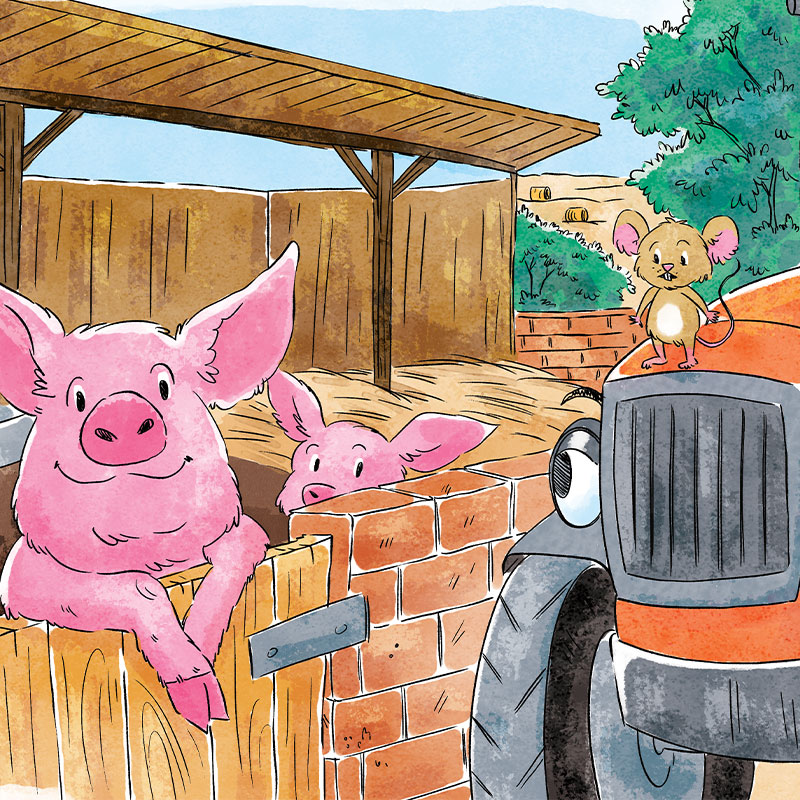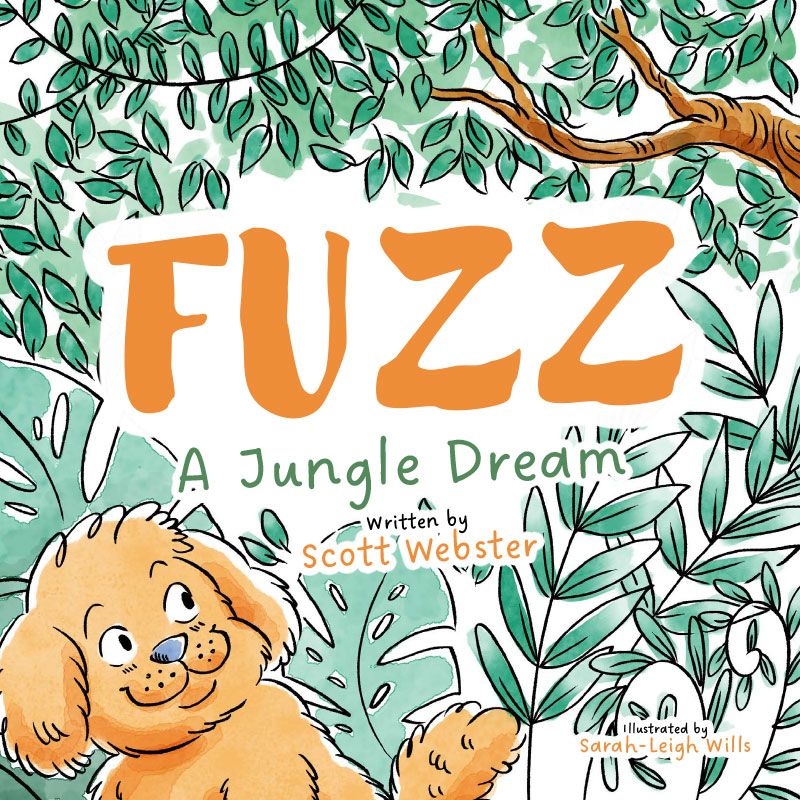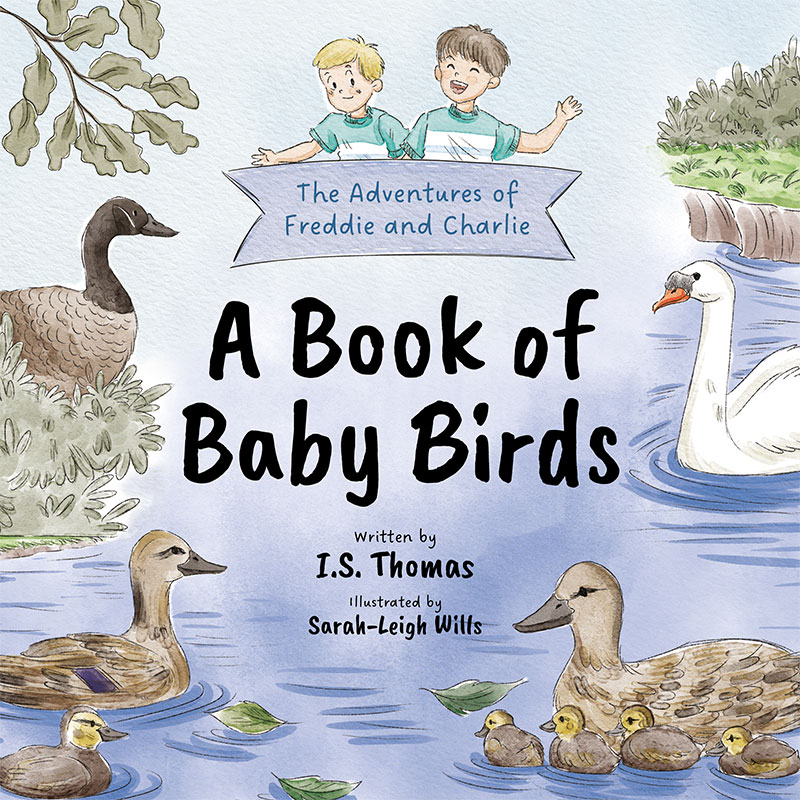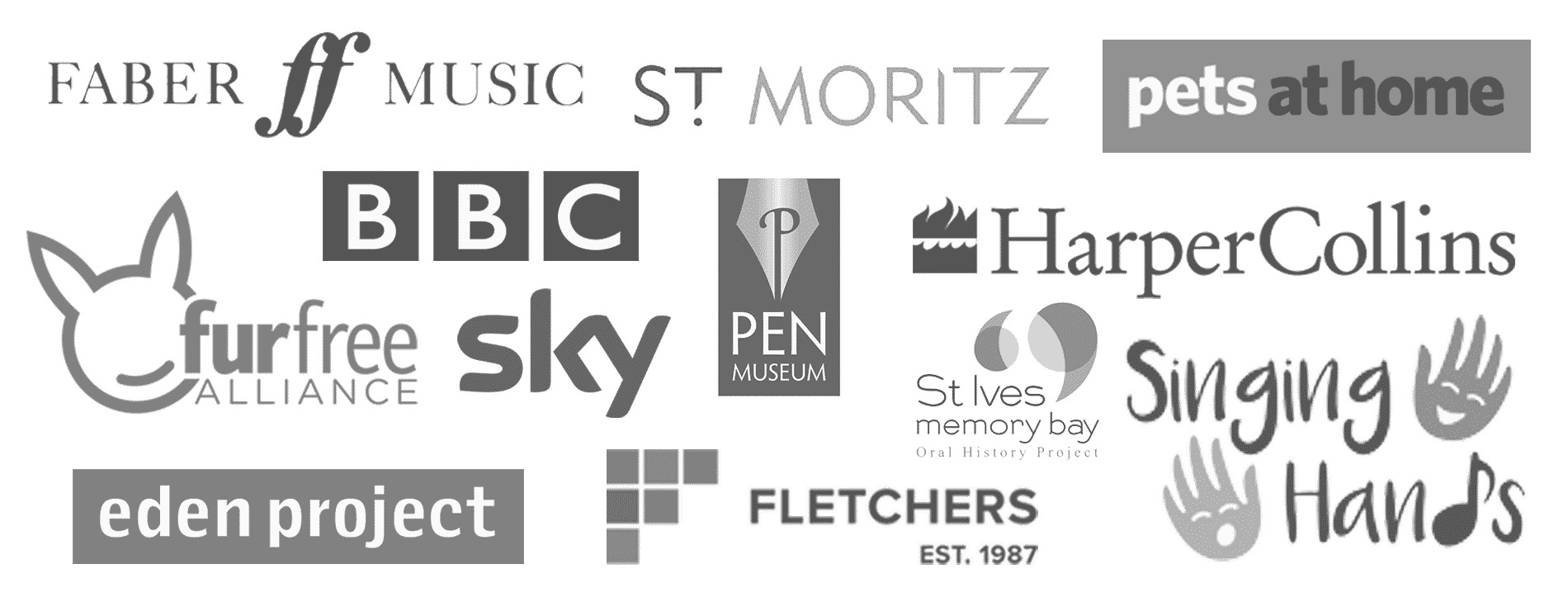Why Drawing Feelings Matters
At Happydesigner, we know that little ones sometimes find it tricky to put their big emotions into words. That’s where drawing comes in! Giving children a blank page and a handful of art supplies is like handing them a secret language—one full of whirls of colour, bold lines and imaginative shapes. When youngsters draw how they feel, they learn to name their emotions (“That’s a spiky red shape—ah, that’s anger!”) and share what’s on their minds, building self-awareness and confidence. Best of all, it’s fun, hands-on and totally screen-free.
In this article, we’ll show you how to set up a cosy art corner, warm up with playful doodles, guide children through a “feelings portrait” they’ll be proud to show off, and even turn those creations into little stories. So, gather your pencils and crayons, and let’s help kids turn feelings into masterpieces!
Key Takeaways
- Drawing helps children express emotions they might struggle to verbalise, building emotional awareness and confidence.
- Colours and shapes can represent feelings, offering kids a visual language to identify and label their emotions.
- Simple art materials and a cosy space are all that’s needed to set the stage for creative emotional exploration.
- Activities like “feelings portraits” and themed prompts make art both engaging and meaningful for children.
- Turning art into storytelling strengthens emotional literacy, encourages empathy and enhances communication skills.
“Every scribble tells a story.”
Encouraging children to draw their feelings builds confidence, self-awareness and storytelling skills—one colour at a time.
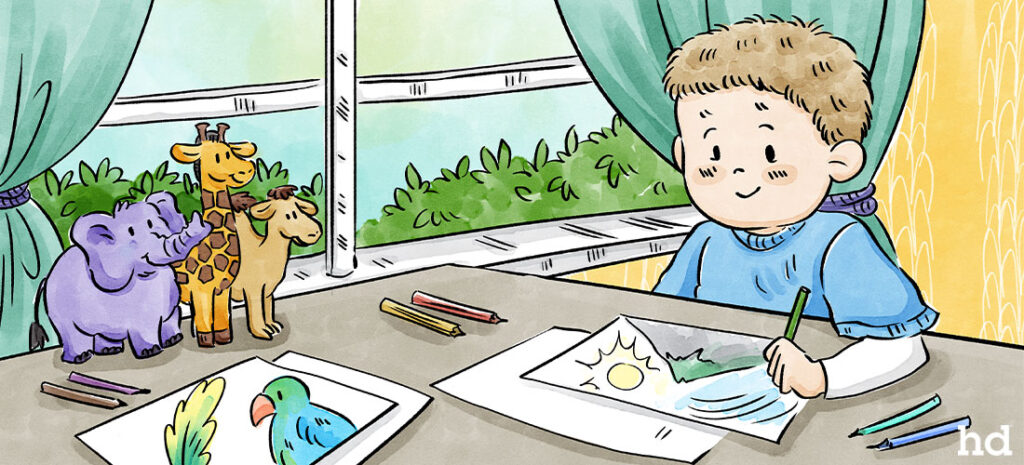
The Magic of Art and Emotions
Art has an extraordinary way of bringing inner worlds into view. By picking colours, shapes and textures, children can express joy, sadness, excitement or frustration without saying a single word. Here’s why it works its magic:
- Visual vocabulary: Assigning a colour or form to an emotion helps youngsters recognise and label how they feel.
- Emotional release: Scribbling or painting allows kids to let off steam in a safe, creative way.
- Confidence boost: Completing a “feelings portrait” shows children they’ve been heard, building self-esteem.
Below is a handy colour-and-shape guide you can share with your little artists:
| Emotion | Colour(s) | Shapes & Lines |
| Happiness | Sunny yellow, light orange | Curvy lines, circles |
| Sadness | Deep blue, indigo | Droplets, wavy lines |
| Anger | Bright red, fiery orange | Jagged edges, zigzags |
| Calmness | Soft green, pastel blue | Gentle curves, spirals |
| Surprise | Violet, hot pink | Bursts, star shapes |
Use this as a jumping-off point—encourage kids to invent their own combinations too!
Gathering Your Art Materials
Creating a welcoming art space needn’t be elaborate. You’ll need:
- Paper or sketchbooks: A4 or larFfavoger gives plenty of freedom.
- Drawing tools: Pencils, wax crayons, felt-tips and charcoal sticks.
- Paints: Watercolours or washable poster paints in basic palettes.
- Extras: Scissors, glue, collage scraps, stickers and stencils.
- Protective layer: A washable tablecloth or old newspaper.
| Item | Purpose | Approximate Cost |
| Sketchbook (A4) | Base for drawings | £4–£6 |
| Crayon pack (12 colours) | Bold, vivid lines | £2–£3 |
| Watercolour set | Soft washes | £5–£8 |
| Glue sticks (2) | Collage and mixed media | £1–£2 |
Arrange everything within easy reach and include a jar of water and some paper towels for quick clean-ups.
Warm-Up Activity: Doodle Your Mood
Before diving into detailed work, let children loosen up with a quick doodle session:
- Set a timer: Two minutes per doodle.
- Prompt cards: Create simple mood prompts on cards—“Draw wiggly lines for boredom,” “Sketch circles for excitement.”
- Free exploration: Encourage using any colour or tool, no pressure on neatness.
After each doodle, invite the child to name their creation: “That squiggle looks very calm—well done!” This lighthearted exercise helps youngsters trust their instincts and reminds them there’s no “wrong” way to express an emotion.

Main Activity: Draw Your Feelings
Now for the star of the show: the “feelings portrait.” Here’s how to guide children step by step:
- Choose an emotion
Ask the child which feeling they want to explore today—joy, worry, excitement or something else. - Select colours and forms
Refer back to the colour-and-shape guide, or let them invent new pairings (purple tornado for confusion, perhaps!). - Create the artwork
Encourage filling the page, adding symbols, patterns or even little characters. No need to stick to realism—a scribble can say just as much. - Title and date
Have kids write a short title (e.g. “My Rainbow Excitement”) and today’s date in the corner.
Throughout, offer gentle support:
- “Tell me about that swirly orange line—what does it mean to you?”
- “I love how you used that dark blue—does it feel calm or sad?”
Reassure them that every mark they make is valuable. Once complete, praise the effort rather than the end result, focusing on the emotions they’ve expressed.
Variations and Themed Prompts
Keep the fun alive with fresh twists
- Group challenge
In a playgroup or classroom, everyone picks the same emotion and compares how each child interprets it. - Seasonal themes
“Spooky sadness” in October: purple and black, ghost shapes.
“Spring excitement” in April: blossoms and bright greens. - Collaborative murals
Tape long sheets of paper to a wall; each child adds their own emotion segment for a communal masterpiece. - Story-based prompts
Read a short tale, pause at an emotional moment and ask children to draw how they’d feel in the character’s shoes.
By switching themes regularly, you’ll nurture versatility and keep kids eager to explore new feelings through art.
Tips for Parents and Educators
Supporting without leading is key:
- Ask open-ended questions: “What’s happening in this corner of your picture?”
- Praise effort, not perfection: Focus on how bravely they shared an emotion.
- Let kids lead: If they go off-topic, that’s part of their expression too!
- Display progress: Rotate artworks to show each drawing is valued.
Keeping sessions short (10–20 minutes) ensures children stay engaged and eager for the next creative adventure.
Showing and Discussing the Artwork
Once the art is dry, make a mini-gallery:
Display ideas
- String a clothesline across the room and peg up drawings.
- Create a simple digital slideshow using photos of each piece.
Gentle conversation starters
- “What’s your favourite part of this picture?”
- “If you could jump into this drawing, what would you do?”
Encourage peer feedback in groups—children learn empathy by celebrating one another’s creations. Always conclude with a round of applause or stickers to reinforce positive sharing.

Beyond the Page: Turning Art into Storytelling
Art can be the first chapter in a child’s storytelling adventure. Once the “feelings portraits” are complete, invite kids to craft short narratives around their drawings:
- Character creation
Ask the child to imagine a character living inside their artwork. Maybe the blue droplet becomes “Drizzle the Cloud,” who’s learning to cheer up. - Story prompts
Provide starters like, “One day, Drizzle woke up feeling very…”. Let children fill in the blanks with their own emotional twists. - Dialogue bubbles
Encourage adding speech or thought bubbles to the picture, deepening the narrative layer. - Mini-books
Staple a few pages together so kids can turn individual feelings portraits into a flipbook of emotions.
This extra step not only reinforces emotional literacy but also nurtures language skills and creativity. Sharing these stories in small groups builds confidence and listening skills, as each child becomes both storyteller and audience.
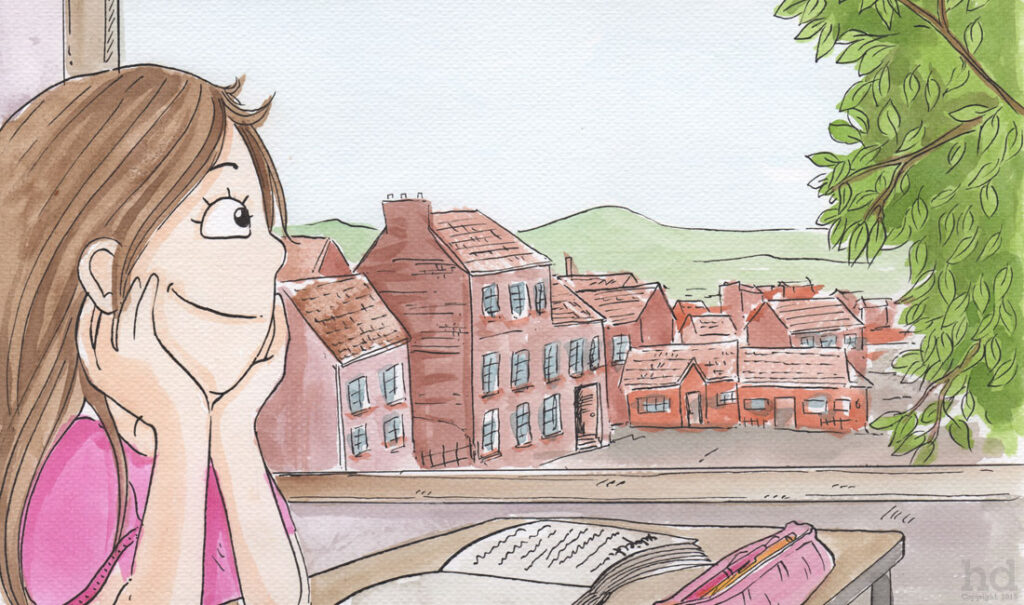
Conclusion: Draw Your Feelings
Drawing feelings is more than an art project—it’s a joyful journey into a child’s inner world. By offering supportive prompts, snazzy supplies and plenty of praise, you empower youngsters to transform fuzzy emotions into colourful creations and even spin them into tales. At Happydesigner, we believe every scribble tells a story, and every palette tells a mood.
Ready to bring more creativity into your home, classroom or playgroup? Dive into our blog for more playful art ideas, or get in touch to discuss bespoke illustrated workshops and storybook projects. Let’s make art—and feelings—fun for every child!
Further Reading
- The Emotional Benefits of Art Therapy: Explores how art-making supports emotional communication, concentration and catharsis in children of all ages.
- Children’s Drawings: Evidence‑Based Research and Practice: A comprehensive review of how children’s drawings reveal their emotional and relational well‑being using established projective frameworks.

